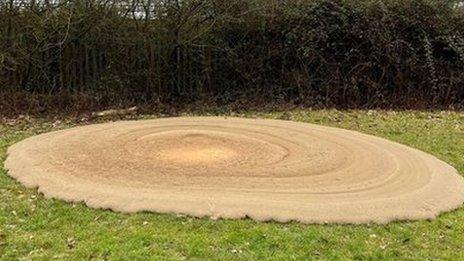Meet the modern-day Tube fluffers
- Published
- comments
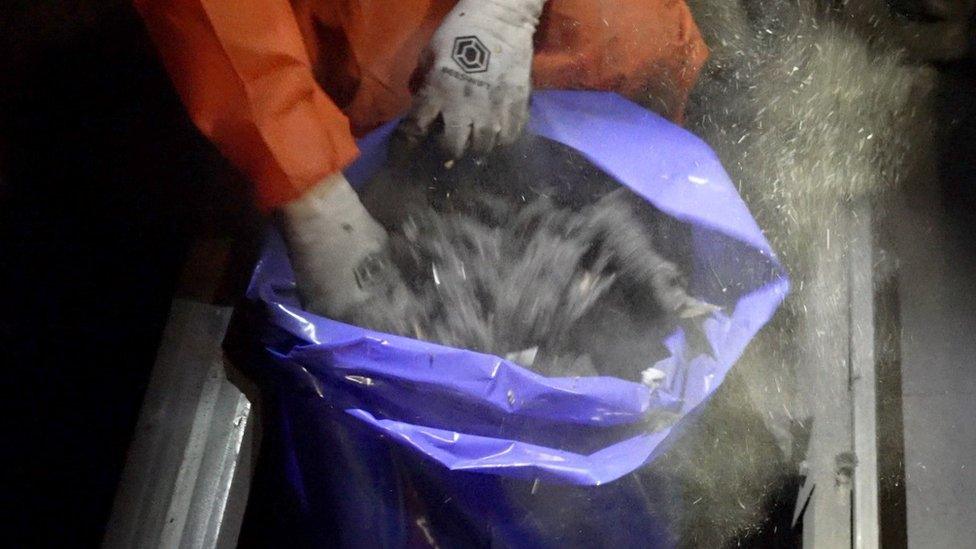
Transport unions are concerned about the health impact of dust underground
In 1947, British Pathé made a film about Tube fluffers. These were the women who went into the Tube tunnels at night and cleaned up the Underground.
It was heavy, hard work. They removed all the rubbish like discarded newspapers that had been sucked into the tunnels by the trains.
These days that kind of work is still being carried out, albeit it rebranded, and the type of work has changed. Now they are called track cleaning teams.
There are two teams that cover the whole of the network. We joined them for an overnight shift at Tottenham Court Road station.
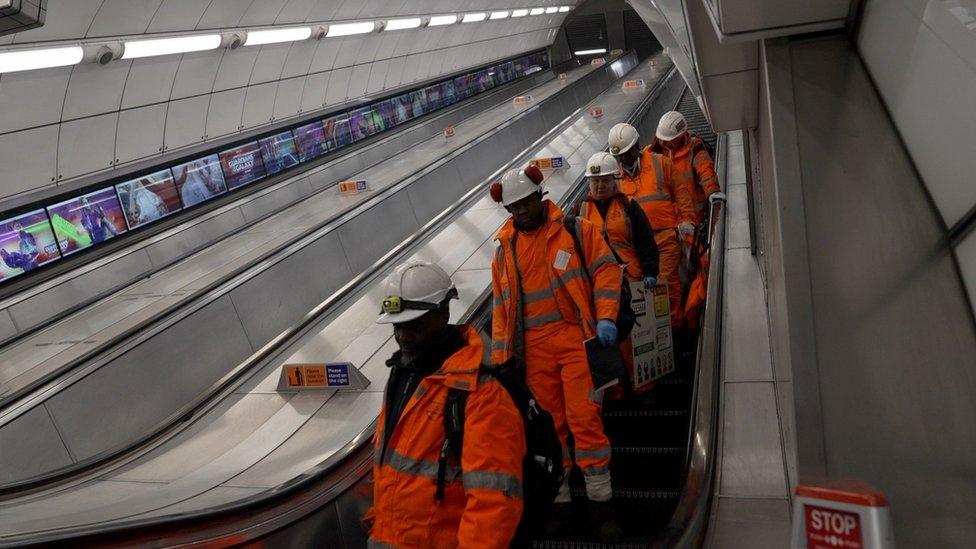
Cleaning teams head down to the tracks once the electricity has been cut off
Workers are now fully kitted out with fluorescent protective clothing and face-masks. The electricity for the trains is turned off after midnight and then they head onto the tracks.
Clumps of human hair
They still remove the rubbish which is a fire hazard. But they are also trying to keep the level of Tube dust down. They remove huge clumps of human hair, skin and metal from the tracks.
The cleaning is done by hand and also vacuum cleaners. They also use magnetic wands to pick up the clumps.
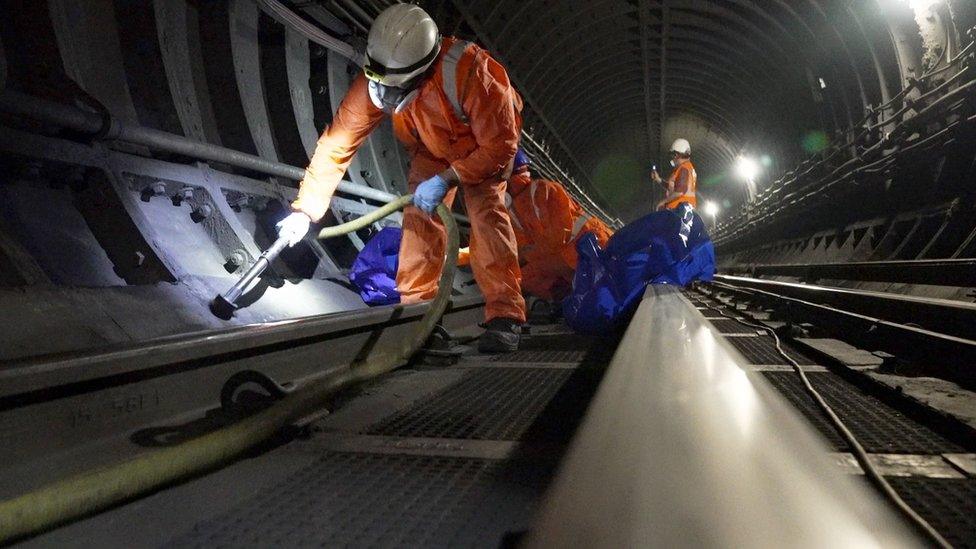
It is everywhere. There are also lots of mice. The dustiest lines are the Central and the Bakerloo.
Some sections, with more turns in the tracks or where more braking happens, get dustier than others.
This section was cleaned just a month ago and dust is already all over the tracks and tunnels.
Tube dust is becoming a growing concern. It is very small particles called particulate matter and is made up of iron oxide, chromium, quartz and copper.
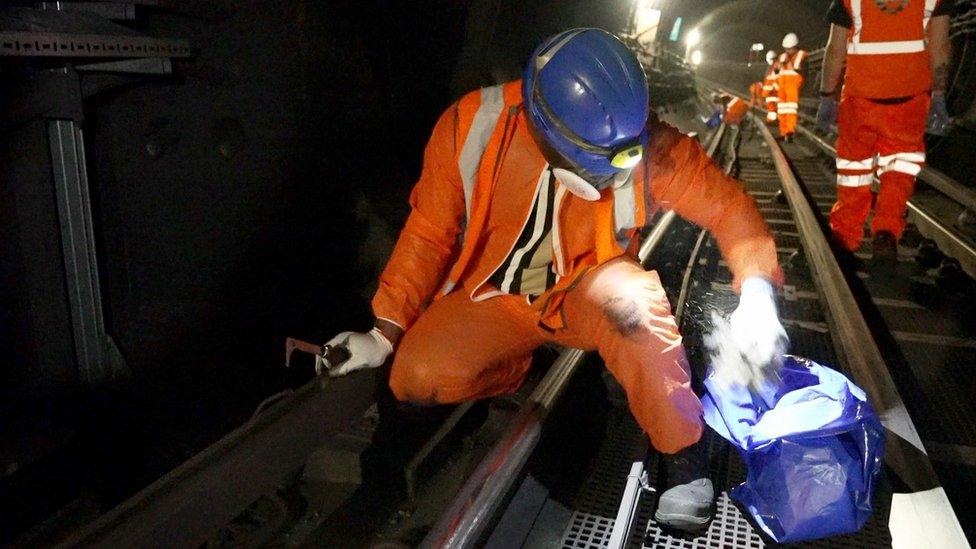
The dustiest lines are the Central and the Bakerloo
It comes from abrasion from wheels on the tracks and the brakes.
Unlike pollution from vehicles, there hasn't been much research done on the impact it can have on human beings.
The transport unions have concerns and want research done quickly. Finn Brennan, of Aslef, said: "Drivers who spend eight hours a day down there in the tunnels are worried about the long-term health impacts.
"We want more monitoring and also more research into those health impacts."
Transport for London (TfL) is now trying to keep the levels of dust down. Two track cleaning teams can clean 40% of the network a year.
They are also looking to work with companies who might develop new technology to clean the air.
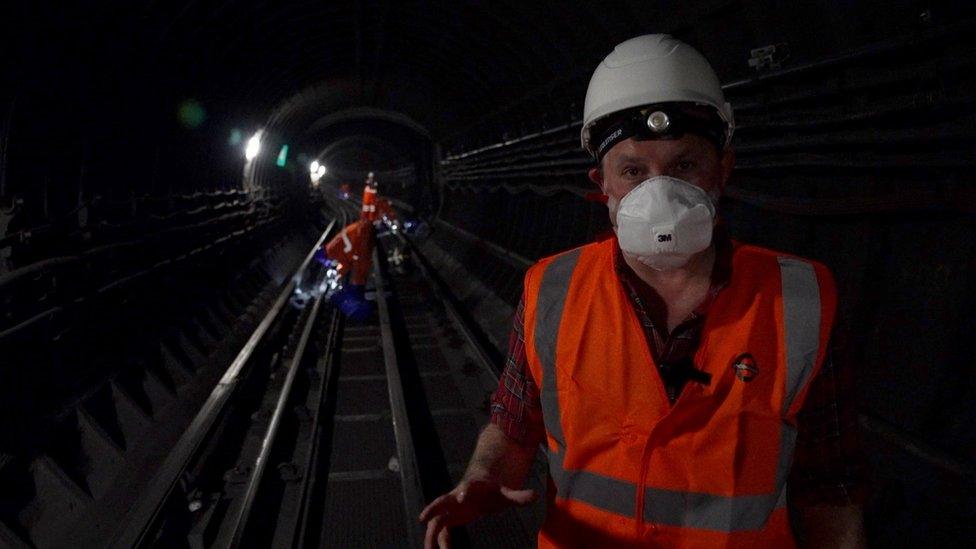
Research into the health impacts of Tube dust is also being carried out by Imperial College. The results should be known by the end of the year.
TfL's Lilli Matson said: "It is safe but there is still particulate matter so our emphasis is on keeping the dust down.
"We monitor the dust levels and we know that it is within the Health and Safety Executive (HSE) levels.
"But at the same time, we know that people who work and travel on the Underground really want a clean environment so that's why these teams are down here every evening on different parts of the network cleaning it."
The name may have changed but Tube fluffers, or track cleaning teams, are an important part of the network.

Follow BBC London on Facebook, external, Twitter , externaland Instagram, external. Send your story ideas to hellobbclondon@bbc.co.uk
- Published20 March 2023
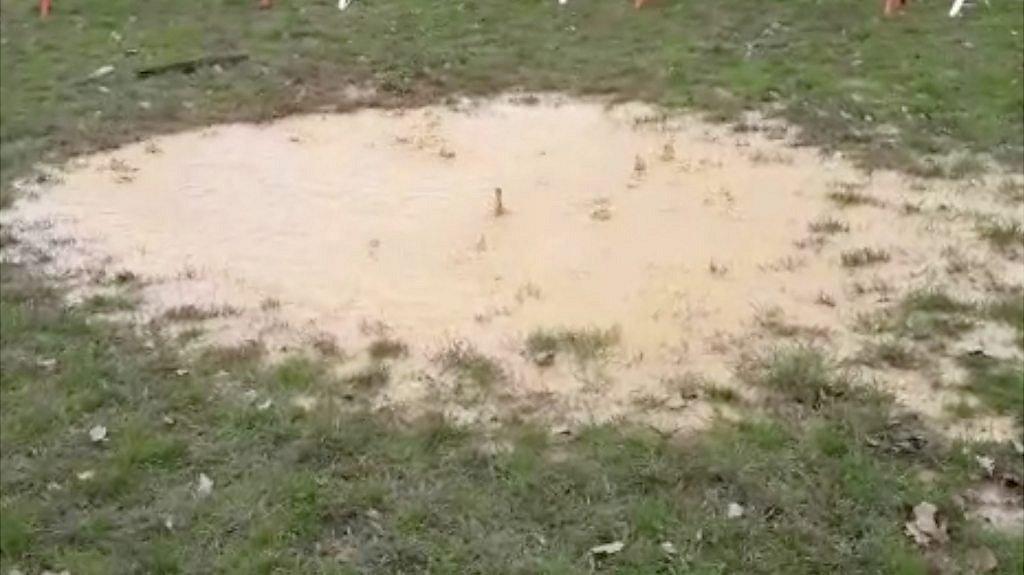
- Published9 March 2023
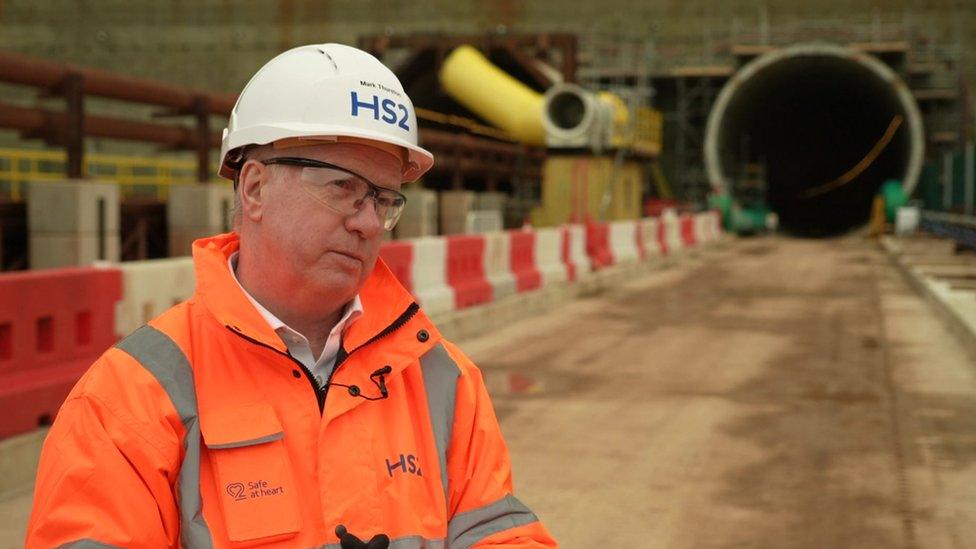
- Published20 February 2023
